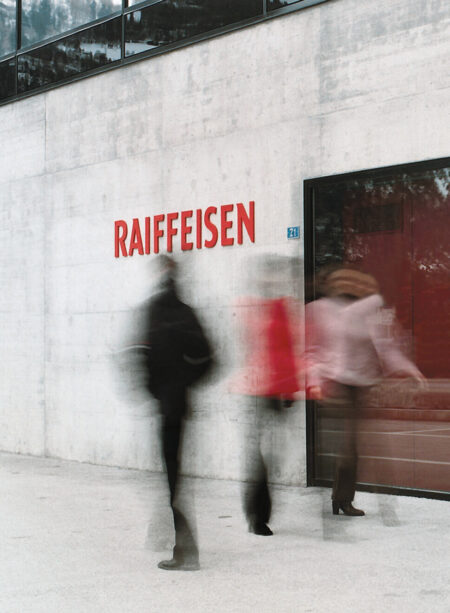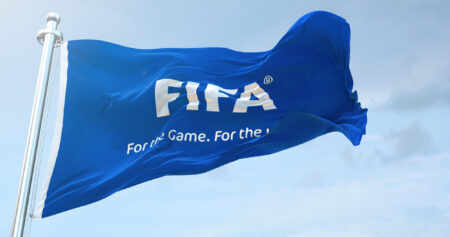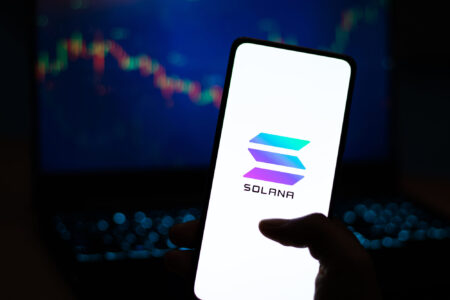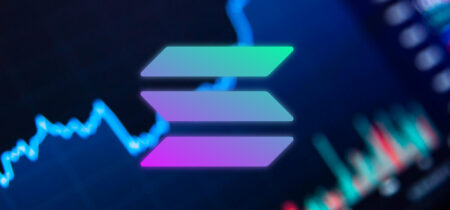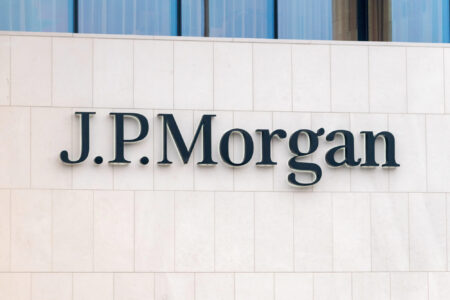What happened this week in the world of blockchain and cryptocurrencies? The most relevant local and international events as well as appealing background reports in a concise and compact weekly review.
Selected articles of the week:
The term “staking” refers to the practice of depositing a certain amount of cryptocurrencies to support the operation of a blockchain. In return, participants usually receive an additional return in the same cryptocurrency. The second largest blockchain, Ethereum, for example, rewards staking with an annual return of around 5%. Swiss crypto service providers have also been offering their customers this passive income opportunity for some time. However, at the beginning of September, the Swiss Financial Market Supervisory Authority (FINMA) announced a change in practice regarding staking services, which will require a banking license in future. An outcry from the Swiss blockchain industry followed. FINMA is now rowing back and relaxing its regulations.
The Swiss Financial Market Supervisory Authority (FINMA) announced a change in practice regarding staking services.
The Swiss arm of the Raiffeisen banking group has joined the SIX Digital Exchange (SDX) as the next member of the trading exchange and central securities depository (CSD). SDX is the digital exchange of the Swiss stock exchange SIX. This subsidiary, which is licensed by the Swiss Financial Market Supervisory Authority (FINMA), operates a trading platform and a central securities depository that uses distributed ledger technology (DLT). By connecting to the SDX platform, Raiffeisen Switzerland hopes to gain easy access to digital assets. This is another banking giant from the DACH region entering the field.
The Swiss arm of the Raiffeisen banking group is the next member to join the SIX Digital Exchange (SDX).
Non-fungible tokens (NFTs) are virtual assets that unlock unique features or benefits within digital ecosystems. Beyond marketing, NFTs offer a blockchain-based solution to ensure authenticity and transparency, adding a new dimension to the relationship between brands and consumers. For these reasons, major brands are increasingly incorporating NFTs into their marketing strategies. By issuing digital collectibles and exclusive limited-edition tokens, brands are creating a sense of scarcity and exclusivity, driving demand from their audience. One example is FIFA’s recently launched NFT collection. The release of the collection coincides with the current Club World Cup in Saudi Arabia and offers fans the chance to secure tickets for the 2026 FIFA World Cup.
FIFA has collaborated with blockchain company Modex to release a NFT collection during the Club World Cup in Saudi Arabia 2023.
The Solana blockchain development team announced the first Web3 cell phone in summer 2022: the Solana Saga. With 12GB of RAM and 512GB of storage, native applications could be run on the Solana blockchain and integrated directly into the phone. However, for the price of USD 1,000, the phone’s performance disappointed many enthusiasts. Sales figures remained disappointingly low for a year. The development team had to reduce the price of the phone to USD 600 in mid-2023 due to low sales figures. Free tokens distributed to phone owners – known as airdrops – saved the project.
The recent rise of the Memecoin BONK saves the Solana Saga mobile phone.
In addition: Bitcoin (BTC) has largely been in a sideways trend over the past three weeks. Ethereum (ETH) also saw only muted price movements. Other altcoins – above all the smart contract platform Solana – took the limelight. The rise is due in part to lively network activity and flourishing token launches on Solana.
Recurring market commentary on what’s happening in the crypto markets, summarized by the Crypto Broker team at Crypto Finance AG.



